Stay tuned for more details, but my presentation about Kubernetes was accepted for the CODE conference 2018 in New York City, March 8th. That is of course fantastic news 🙂
In more detail: I will present about the evolution of containers. From Docker, to Swarm, to container orchestrations systems, Kubernetes and managed Kubernetes (such as Oracle Container Engine or others). At the end I guess you will agree that Kubernetes is great and getting better every day, but you won’t like to manage your own Kubernetes cluster. Interesting enough, Bob Quillin summarised my CODE presentation as the new Oracle strategy really well.
Of course we will have a lot fun fun live coding with Mini, the Raspi cluster again. I plan to demo the setup of the cluster, service deployment, load balancing, failover etc. All this live on stage with hopefully a really big screen for the projection.


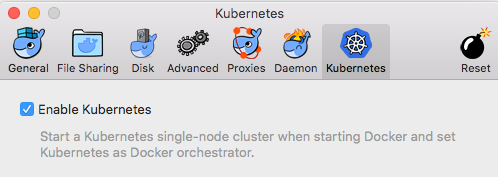

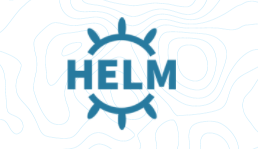
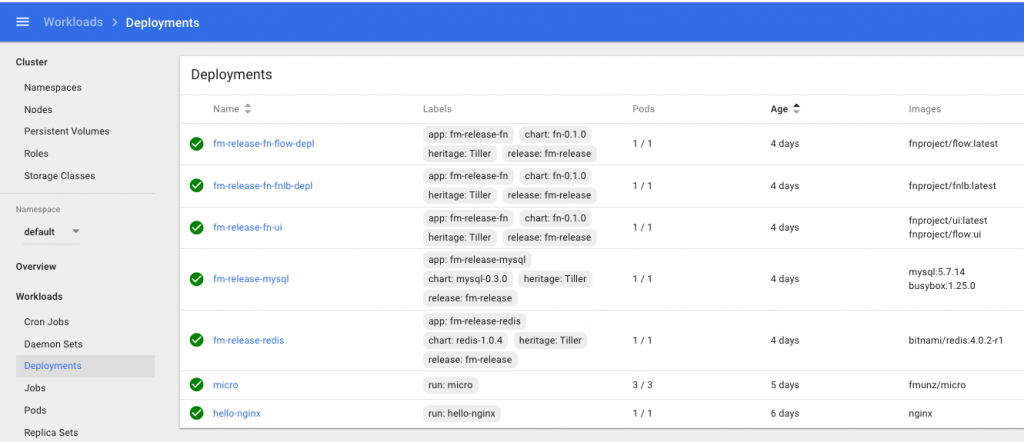
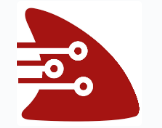
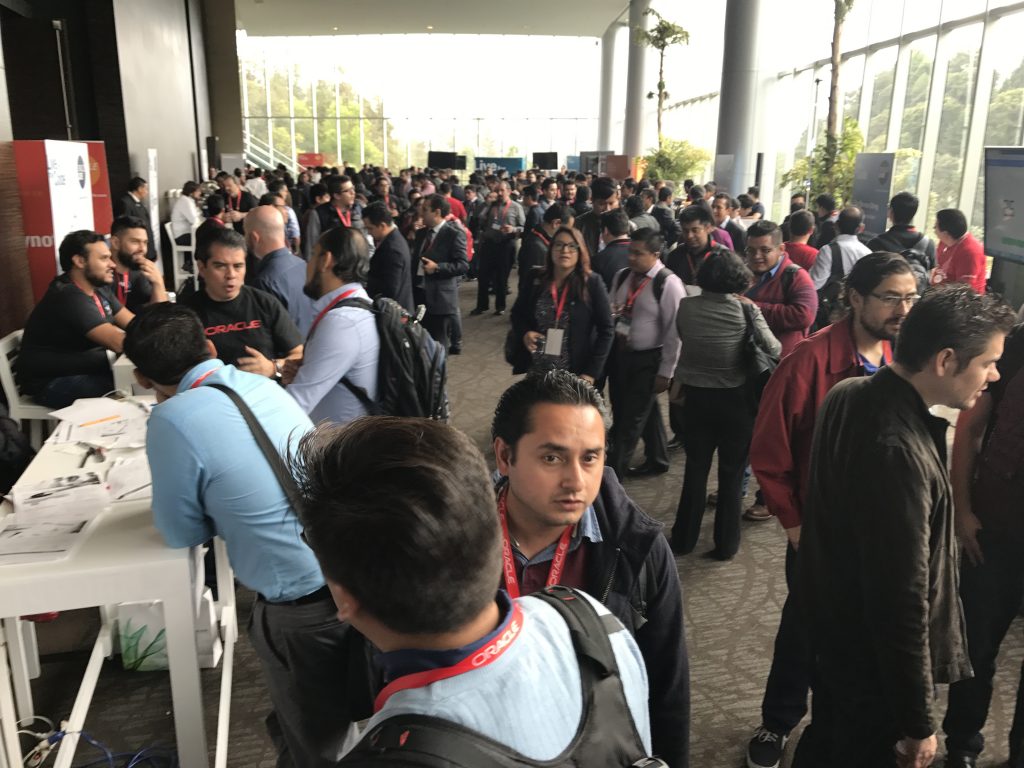
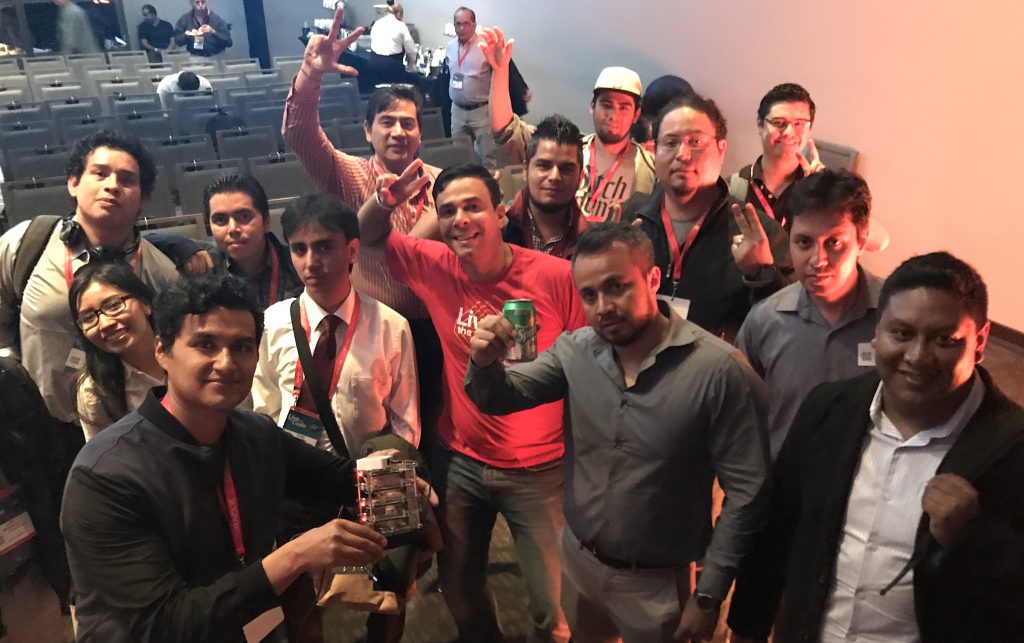
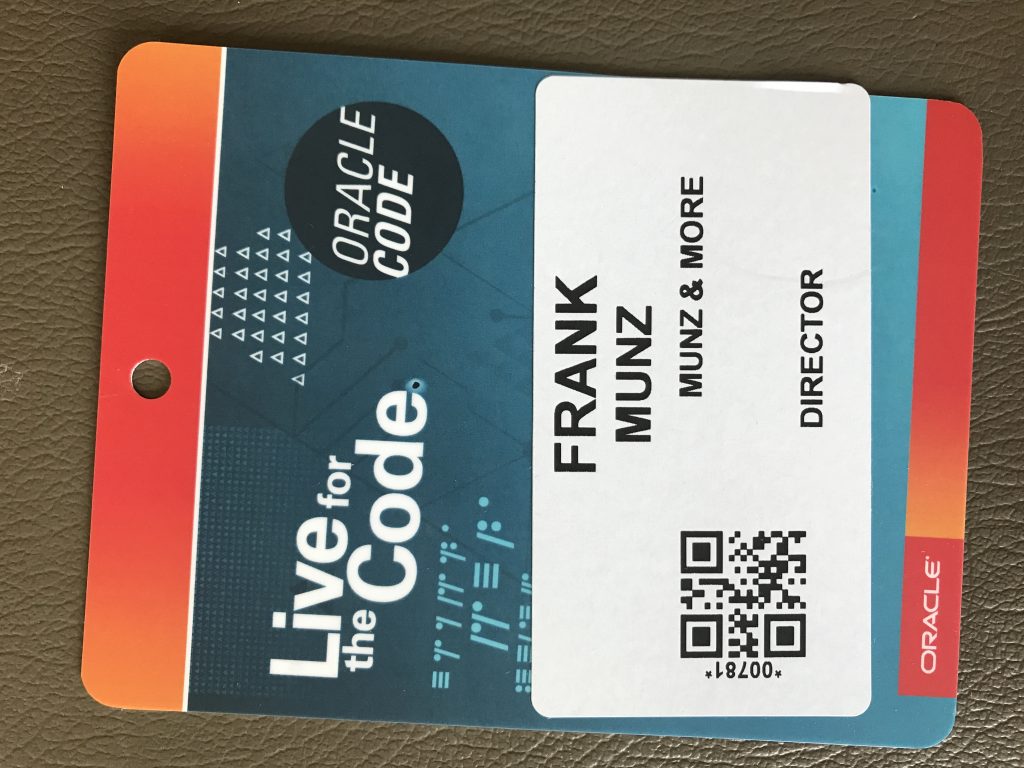
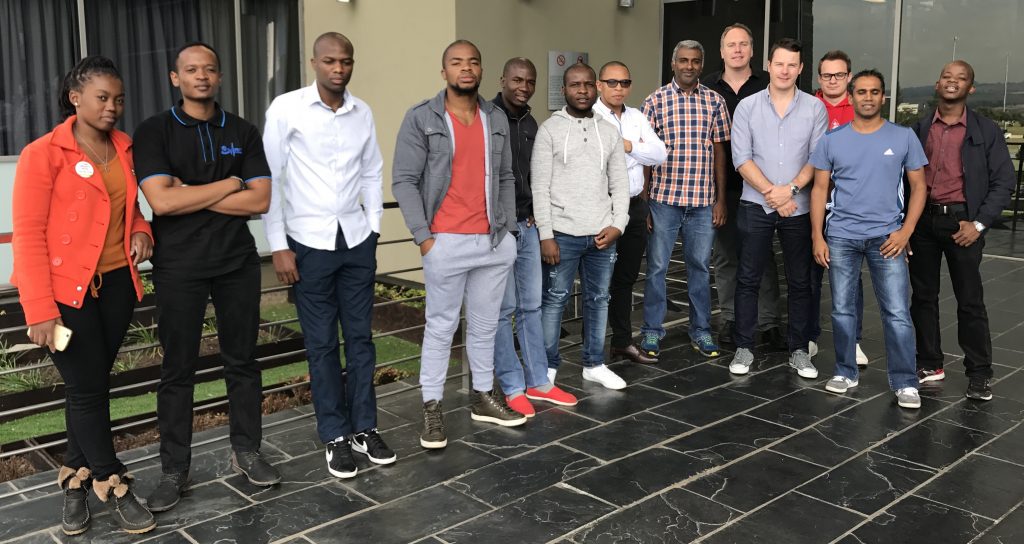
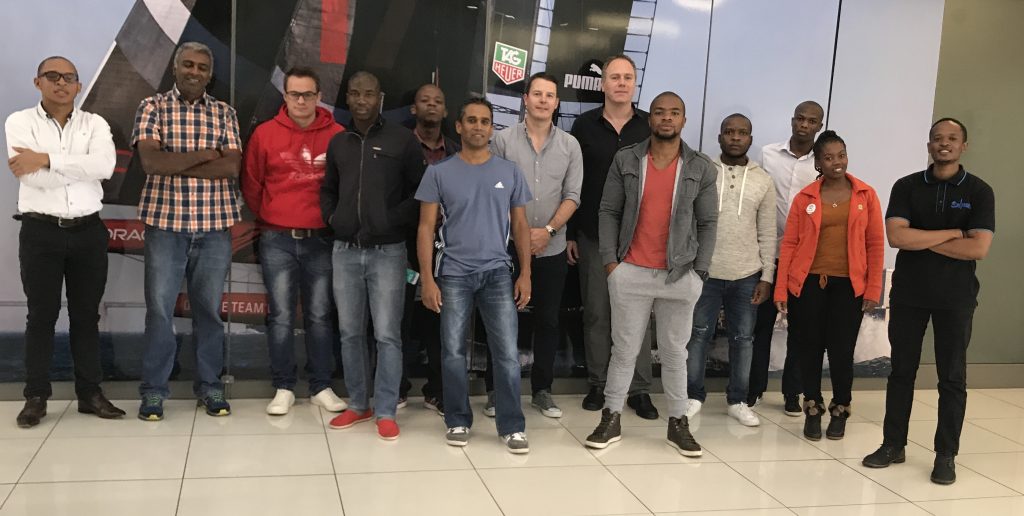
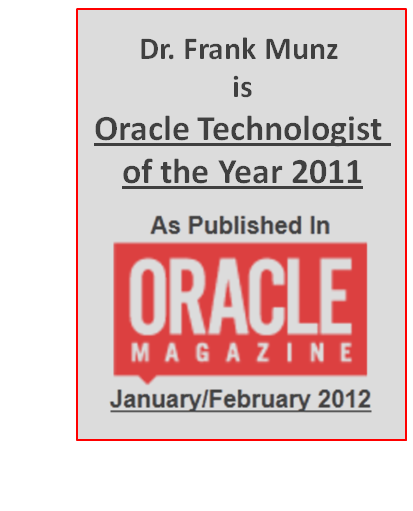
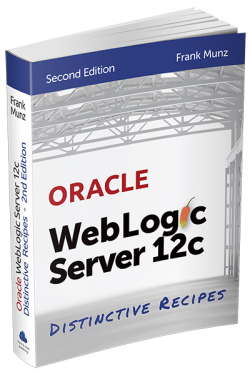 Oracle WebLogic Server 12c Book
Oracle WebLogic Server 12c Book Oracle Middleware and Cloud Computing Book
Oracle Middleware and Cloud Computing Book